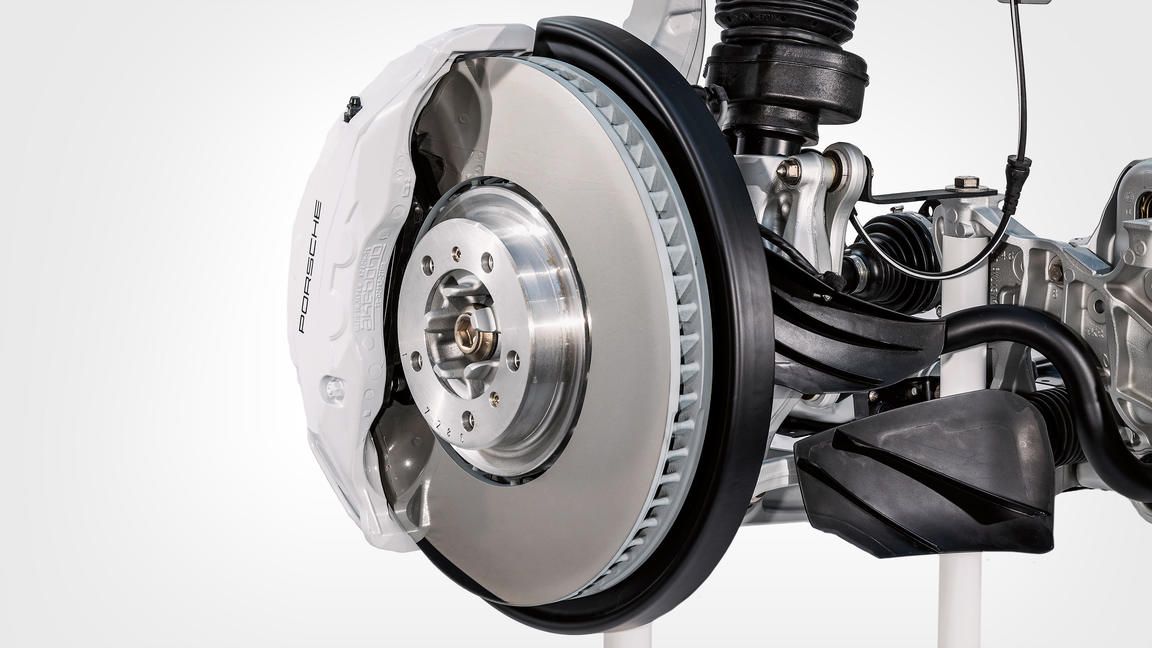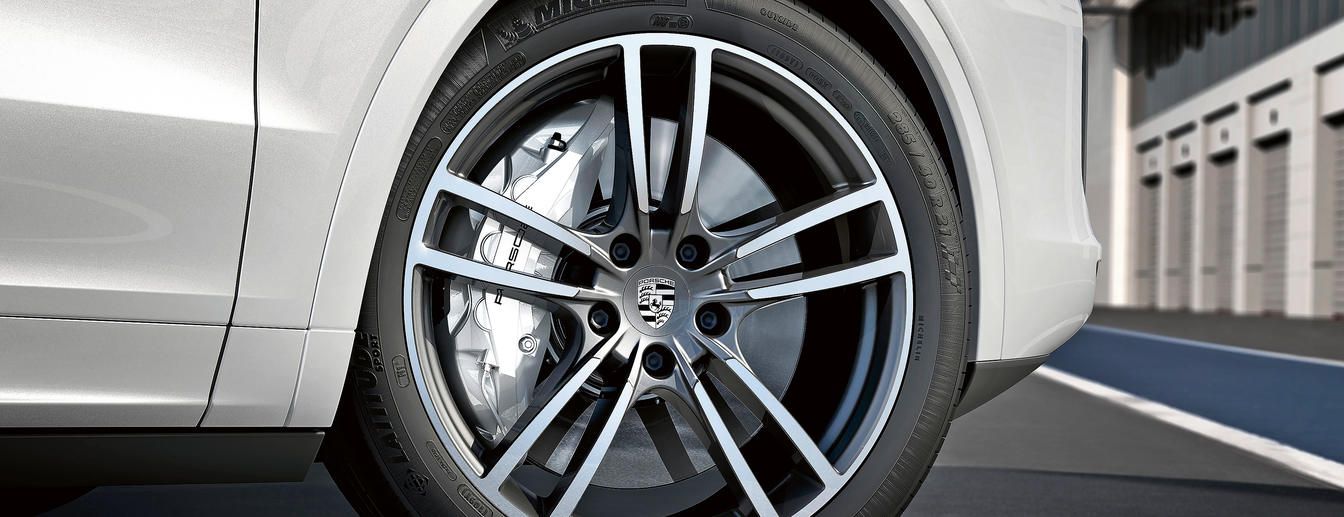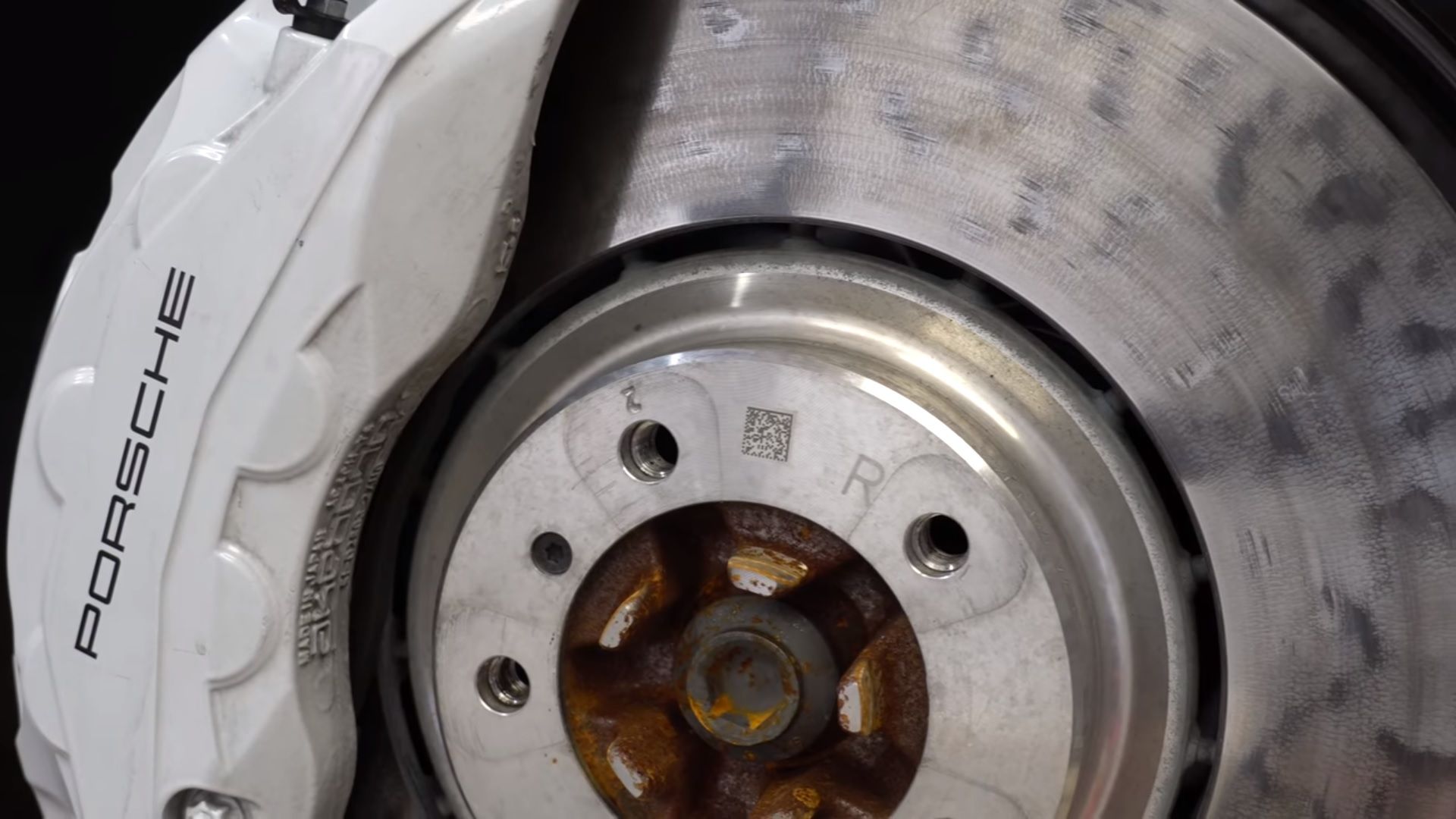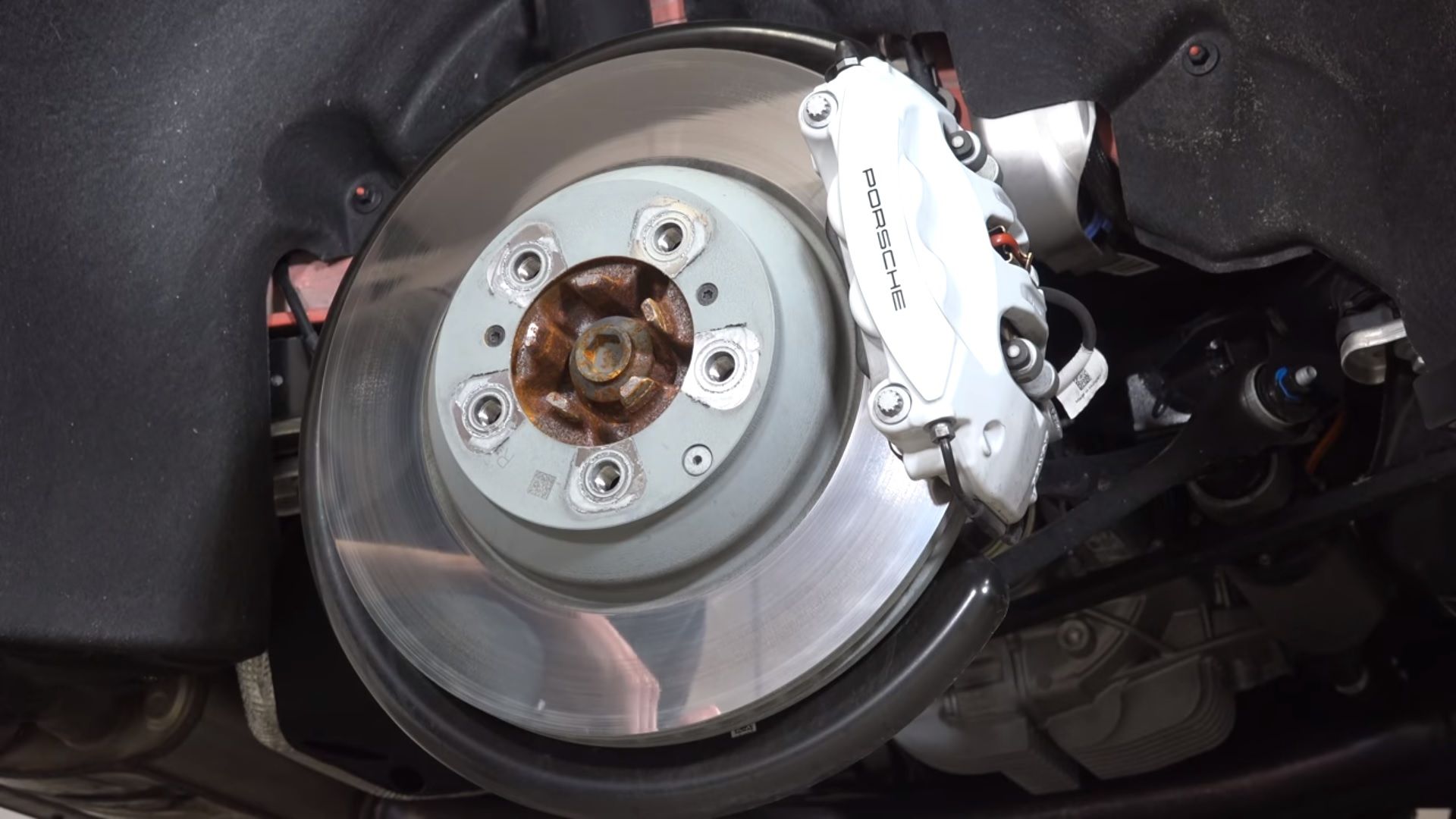Porsche is one of the leading carmakers when it comes to innovation and high performance. The new Taycan stands as a more recent testament to Stuttgart’s appetite for new tricks, which is also visible in less obvious places.
Take Porsche’s fancy new tungsten-carbide brake disc, which doesn’t rust, produces little to zero brake dust, and most importantly, offers a no-fade experience.
Porsche is basically mixing the best of two worlds
We get it. It’s easy to get lost in Porsche’s abbreviated systems and bits of technology. What means that for today, we won’t fill your head with lots of letters. Just four of them: PCSB, or Porsche Surface Coated Brake.
The mix is so strong that the resulting crystal is so hard it can cut through glass. To put things into perspective, while not as hard as diamond, tungsten carbide is roughly ten times harder than gray cast iron.
On top of that, tungsten carbide has other interesting properties. For starters, it has the same thermal stability and bite force as a ceramic brake at only one third of the cost.
Furthermore, tungsten carbide brake discs do not require race pads, they suffer from wear and tear way less often than an iron disc, they don’t rust, and to top it all off, they produce very little amounts of brake dust. Oh, and the PSCB discs also work flawlessly at temperatures of over 600 degrees Celsius.
So, why did Porsche debut its fancy brakes on the Cayenne Turbo? Because the Cayenne Turbo, regardless of what its 0-60 mph sprint might suggest, is a heavy car. Combine that with the engine’s ability to move it quicker than a hot hatch and it becomes pretty clear that you need your stopping power on point to keep the Cayenne Turbo composed on all surfaces and in all weather conditions.
That’s pretty much what the literature says about Porsche’s PSCB brake discs, now it’s time to look at the numbers with a little help from Engineering Explained.




